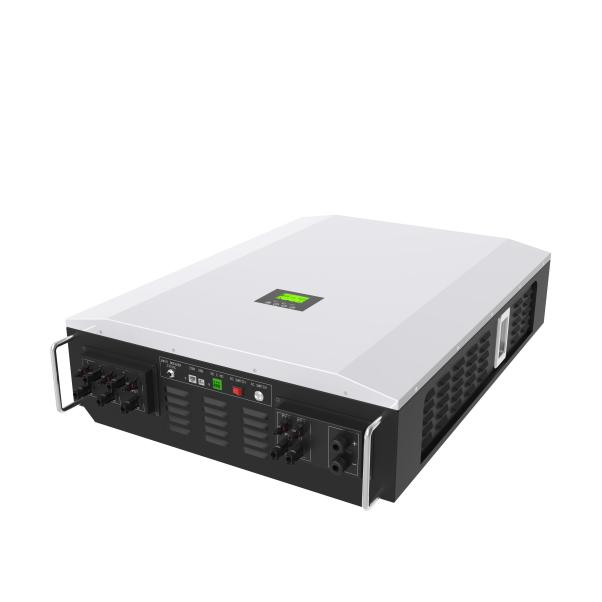- 25
- Oct
Introduce the DC and AC measurement methods of battery internal resistance
At present, the measurement method of battery internal resistance is mainly used in the industry. In industrial applications, the accurate measurement of the battery’s internal resistance is achieved through special equipment. Let me talk about the battery internal resistance measurement method used in industry. At present, there are two main methods for measuring battery internal resistance in the industry:

1. DC discharge internal resistance measurement method
According to the physical formula r=u/I, the test equipment forces the battery to pass a large constant DC current in a short period of time (generally 2-3 seconds) (currently a large current of 40a-80a is generally used), and the voltage across the battery is measured at this time , And calculate the current internal resistance of the battery according to the formula.
This measurement method has high accuracy. If controlled properly, the measurement accuracy error can be controlled within 0.1%.
But this method has obvious disadvantages:
(1) Only large-capacity batteries or accumulators can be measured. Small-capacity batteries cannot be loaded with a large current of 40A to 80A within 2 to 3 seconds;
(2) When the battery passes a large current, the electrodes inside the battery will be polarized, and the polarization will be serious, and resistance will appear. Therefore, the measurement time must be very short, otherwise the measured internal resistance value will have a large error;
(3) The high current passing through the battery will damage the internal electrodes of the battery to a certain extent.
2. AC pressure drop internal resistance measurement
Since the battery is actually equivalent to an active resistor, we apply a fixed frequency and a fixed current to the battery (currently 1kHz frequency and 50mA small current are generally used), and then sample its voltage, after a series of processing such as rectification and filtering, Calculate the internal resistance of the battery through the operational amplifier circuit. The battery measurement time of the AC voltage drop internal resistance measurement method is very short, generally about 100ms. The accuracy of this measurement method is also very good, and the measurement accuracy error is generally between 1%-2%.
The advantages and disadvantages of this method:
(1) Almost all batteries, including small-capacity batteries, can be measured by the AC voltage drop internal resistance measurement method. This method is usually used to measure the internal resistance of notebook battery cells.
(2) The measurement accuracy of the AC voltage drop measurement method is easily affected by the ripple current, and there is also the possibility of harmonic current interference. This is a test of the anti-interference ability of the measuring instrument circuit.
(3) This method will not seriously damage the battery itself.
(4) The accuracy of the AC voltage drop measurement method is lower than that of the DC discharge internal resistance measurement method.
